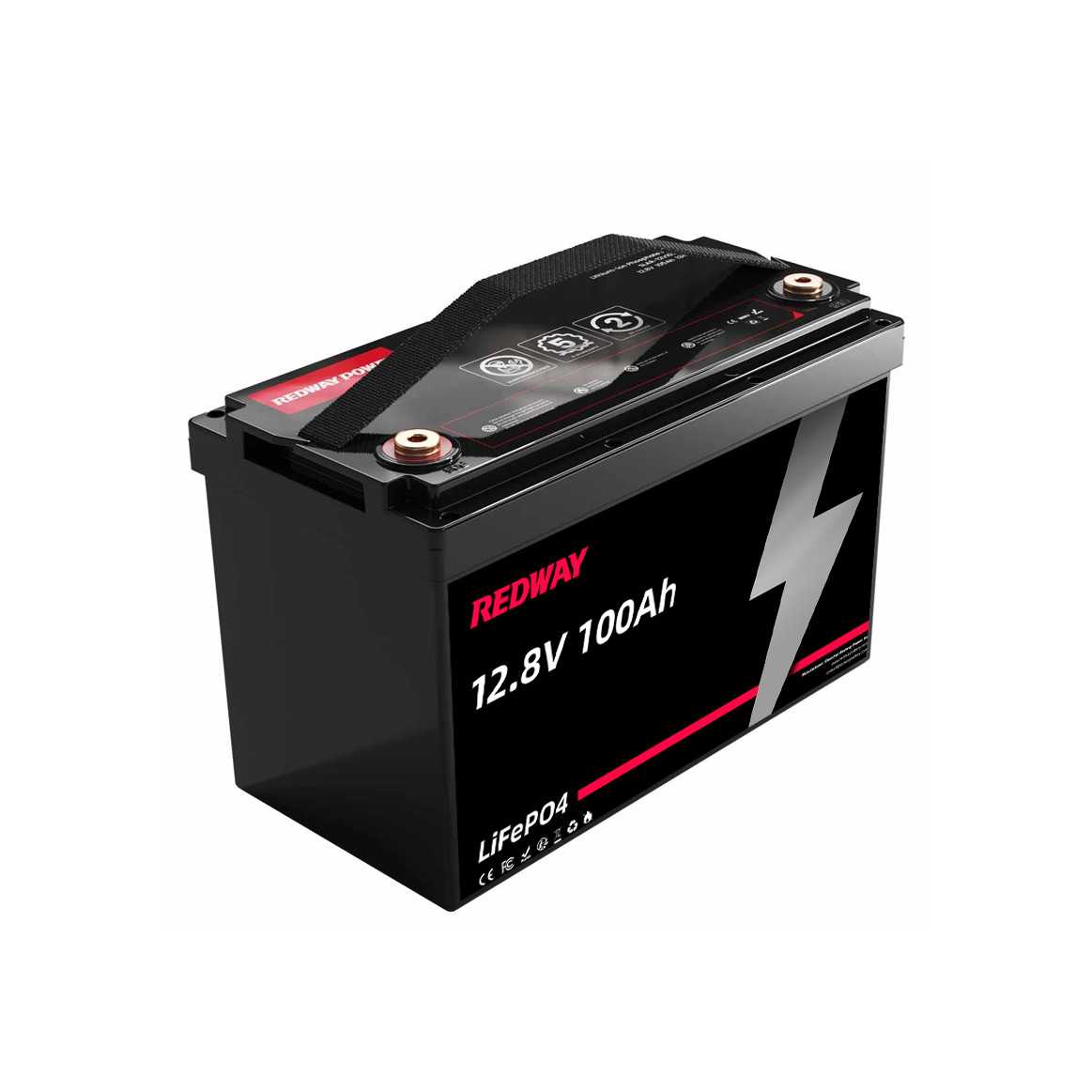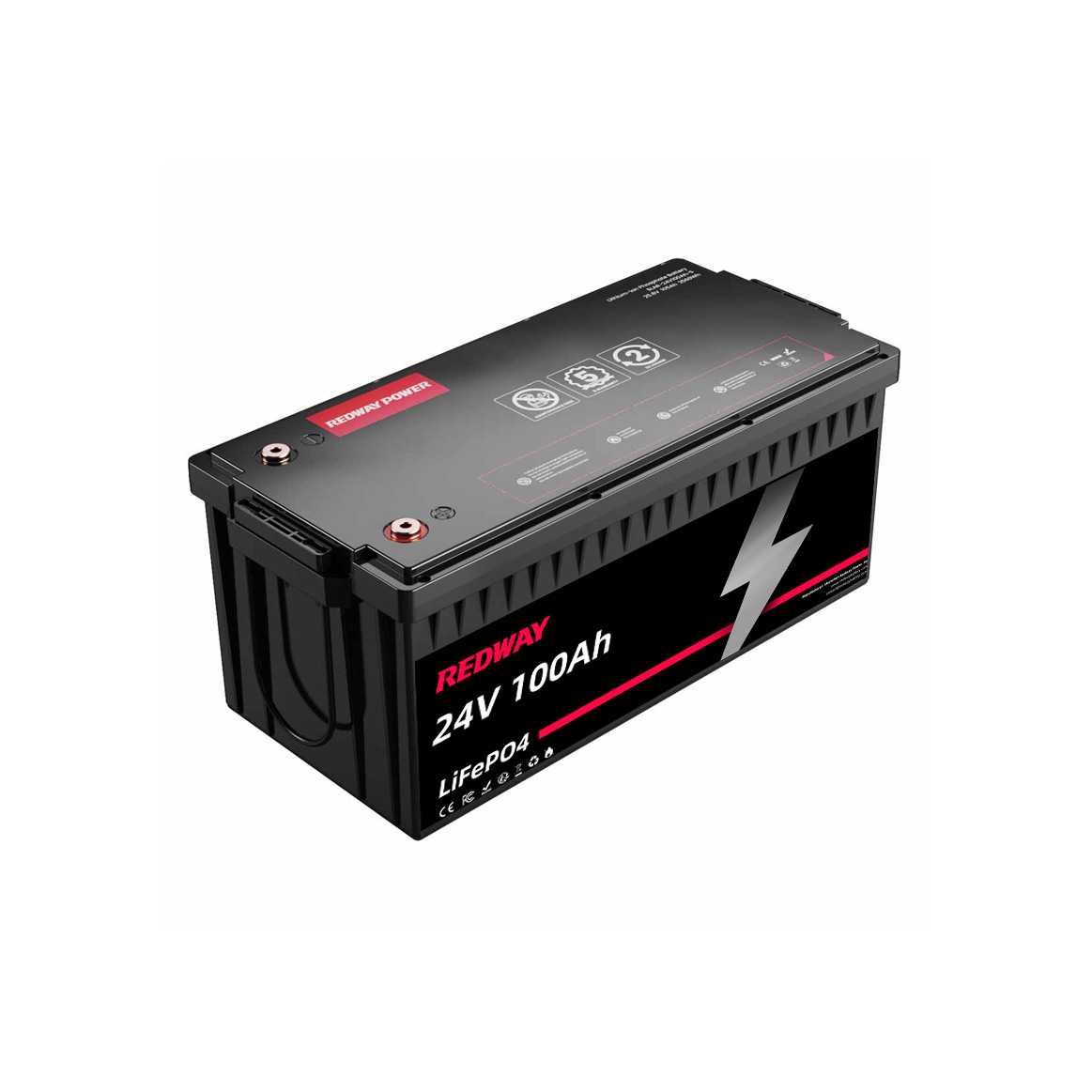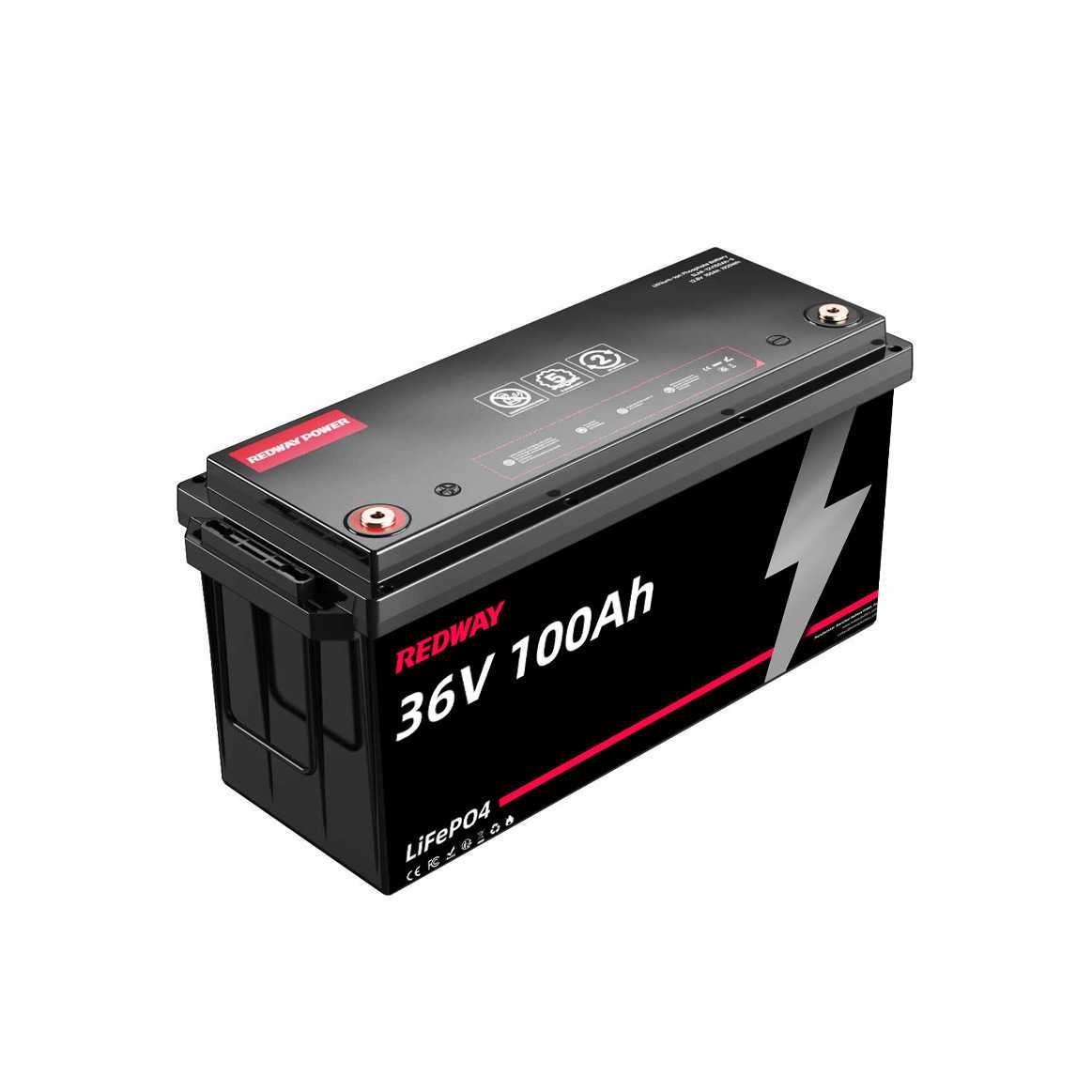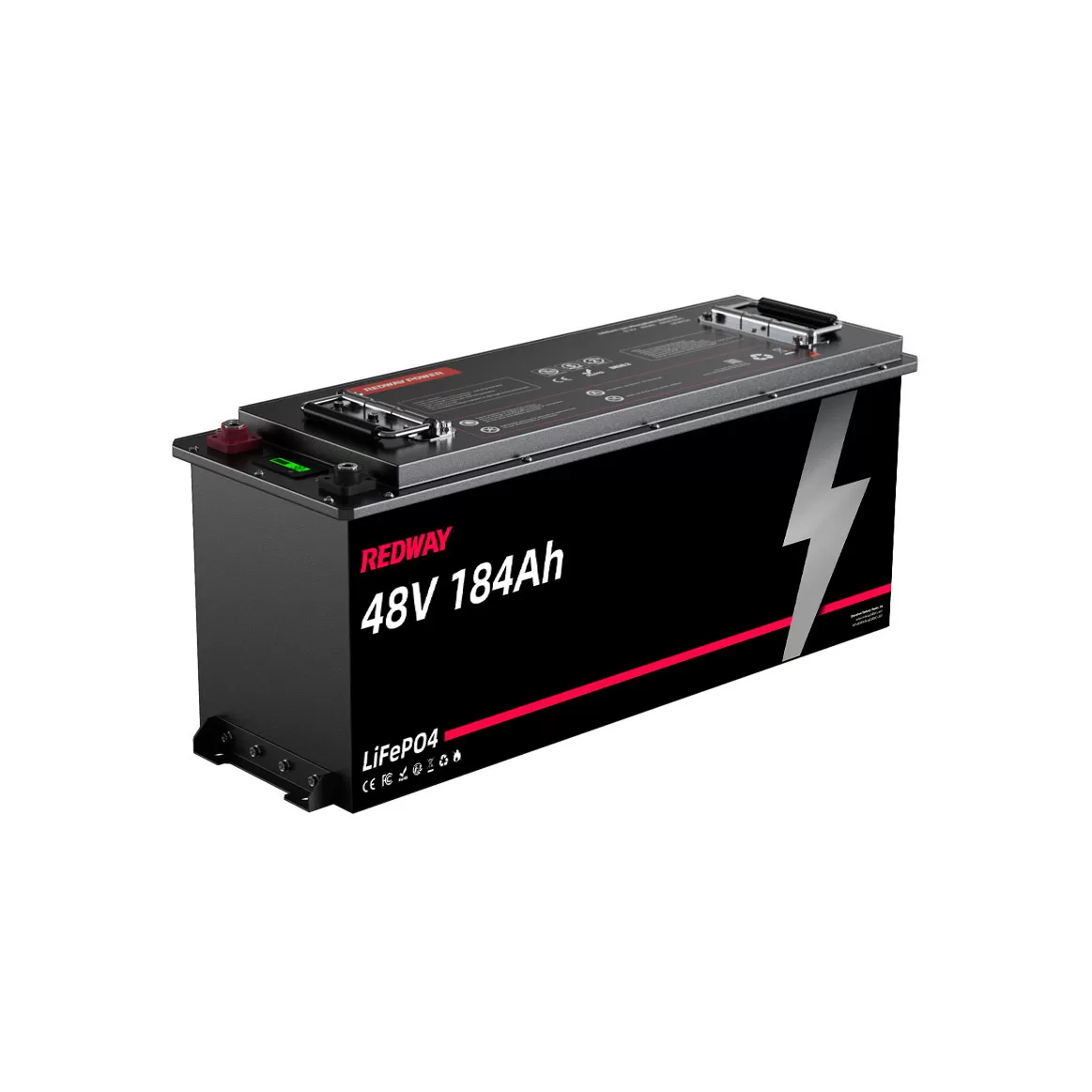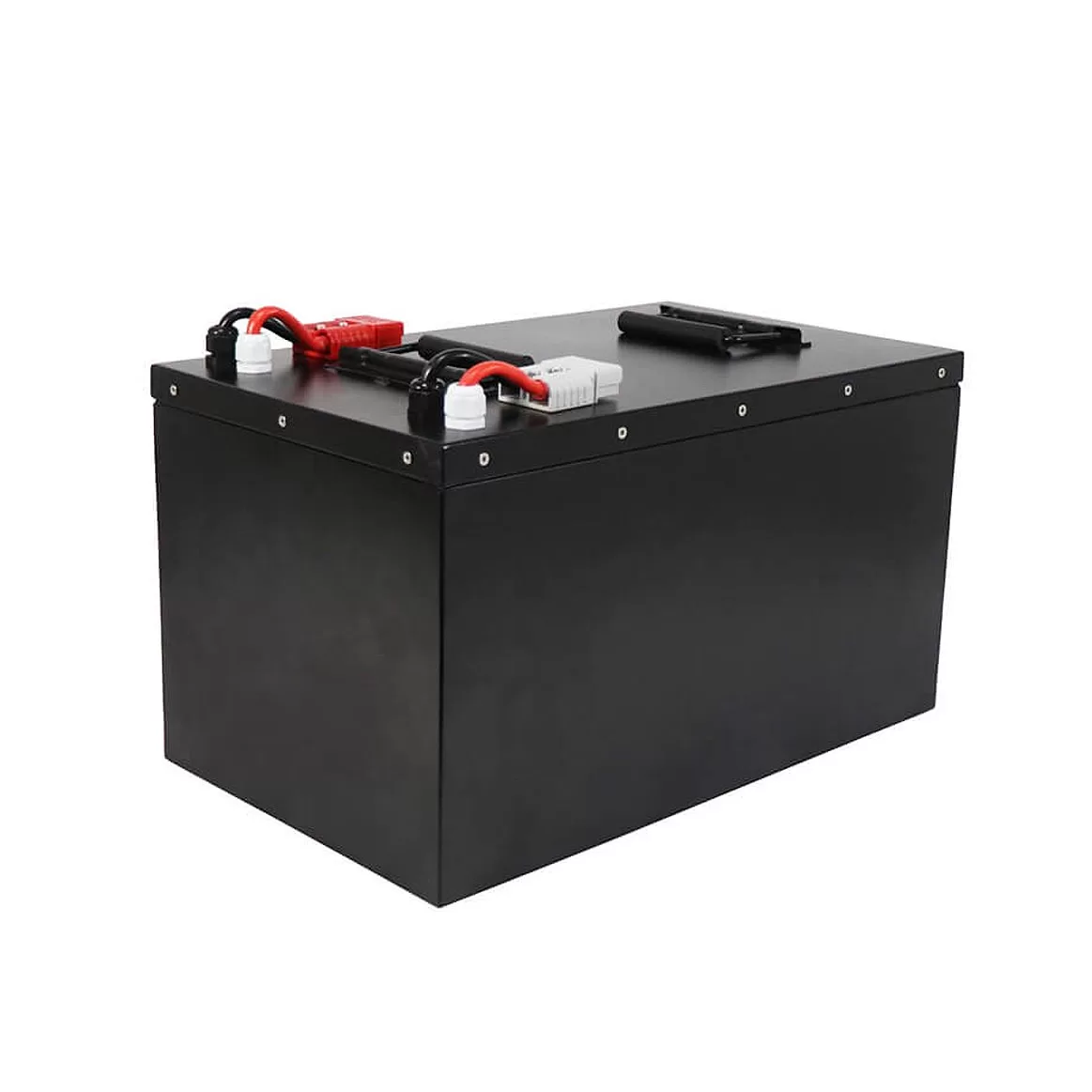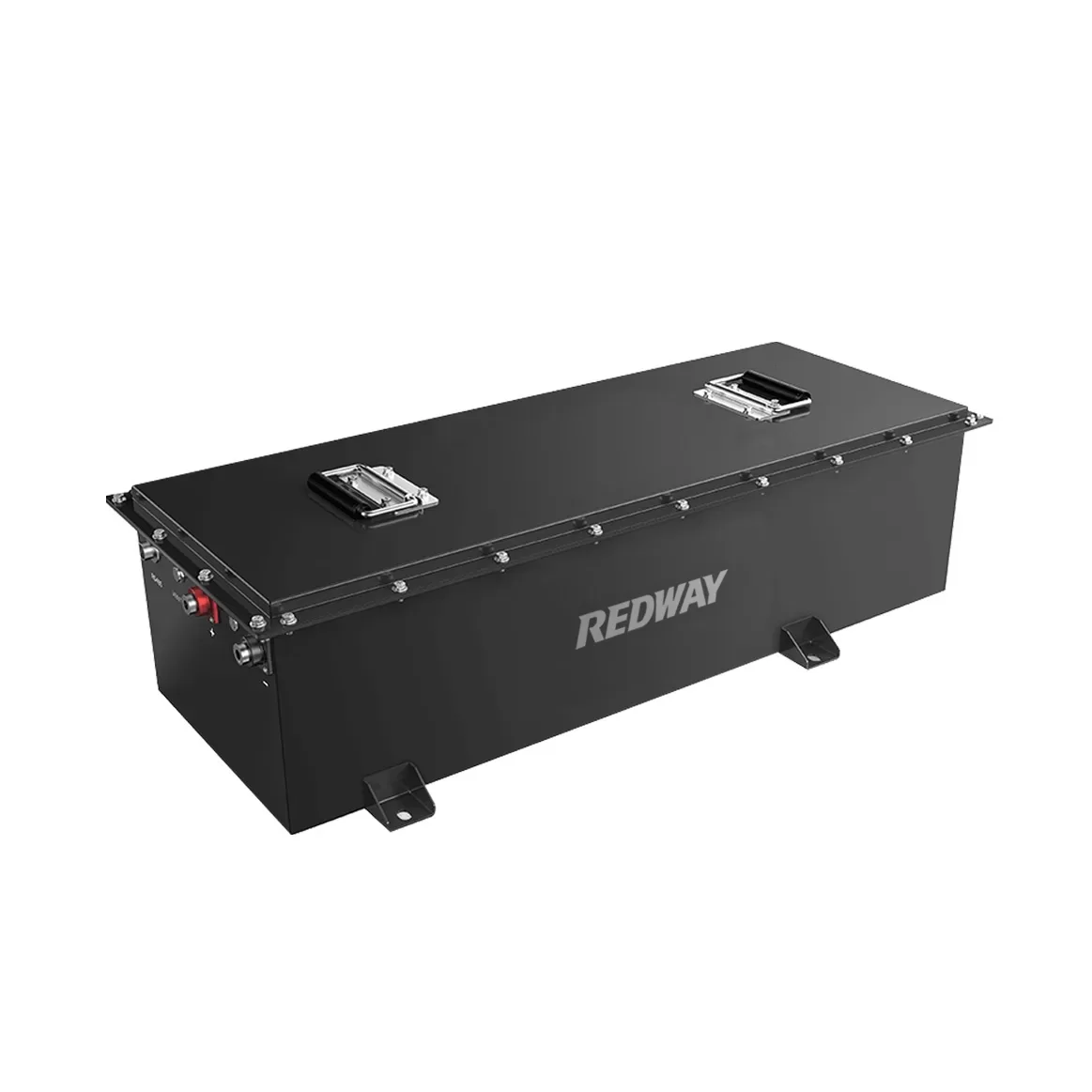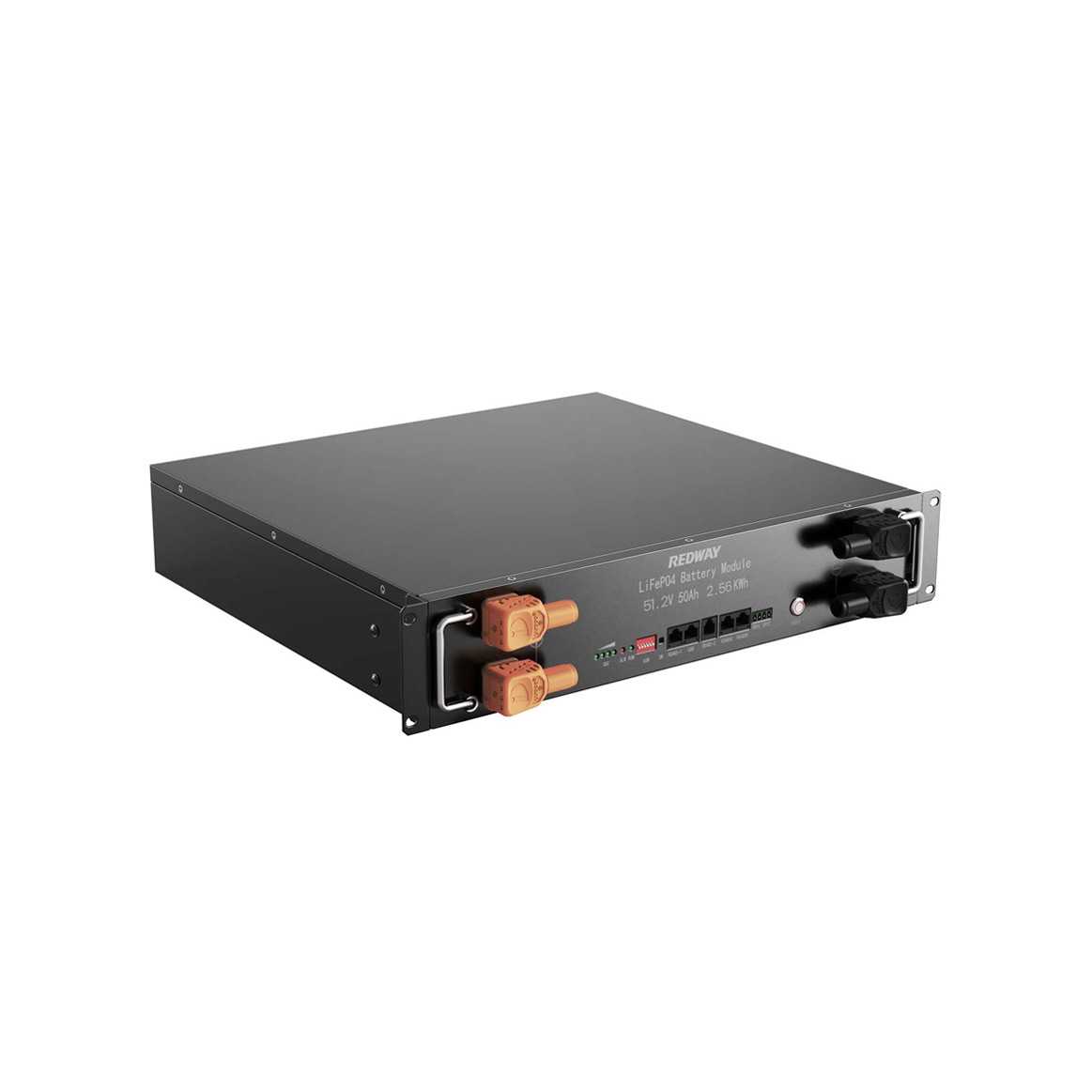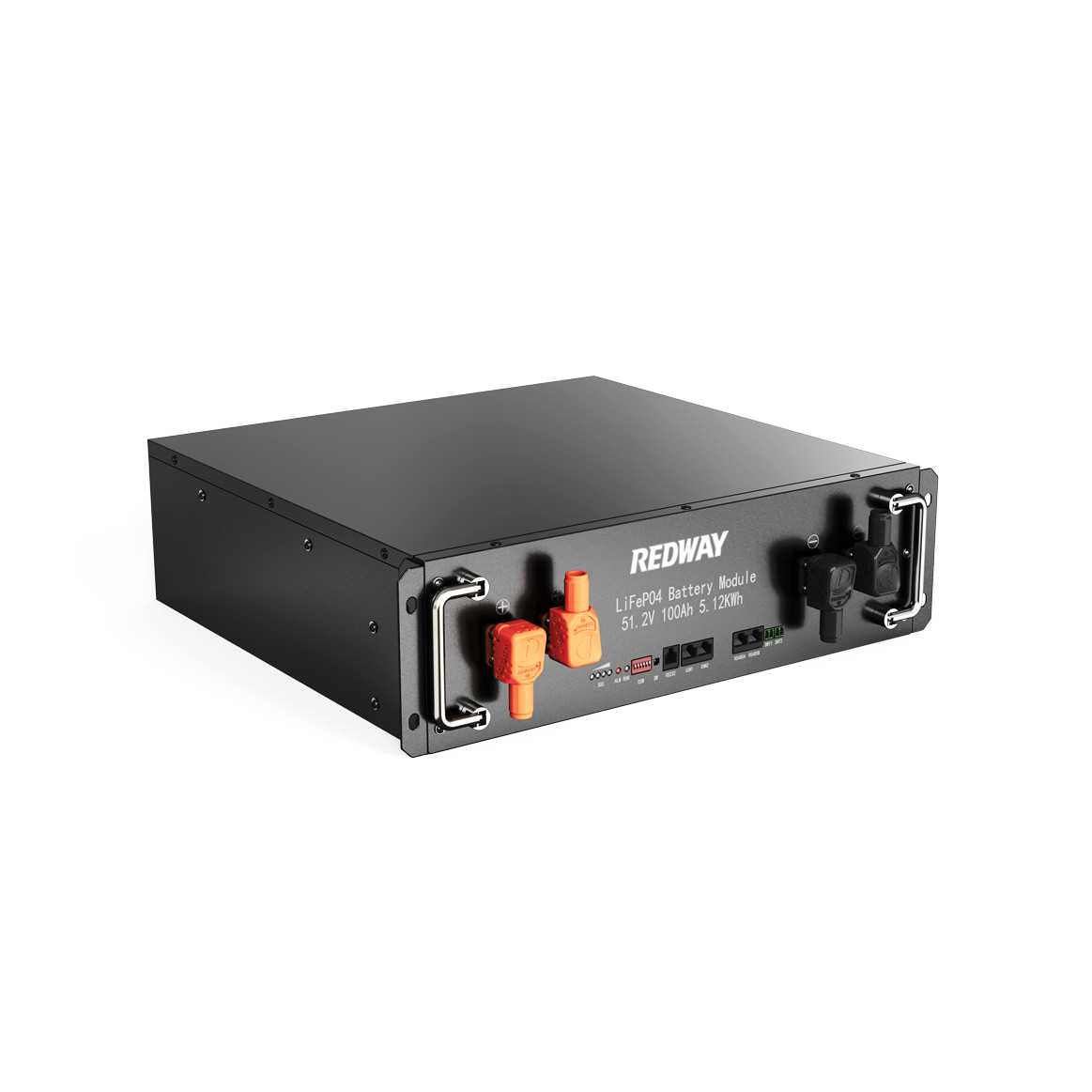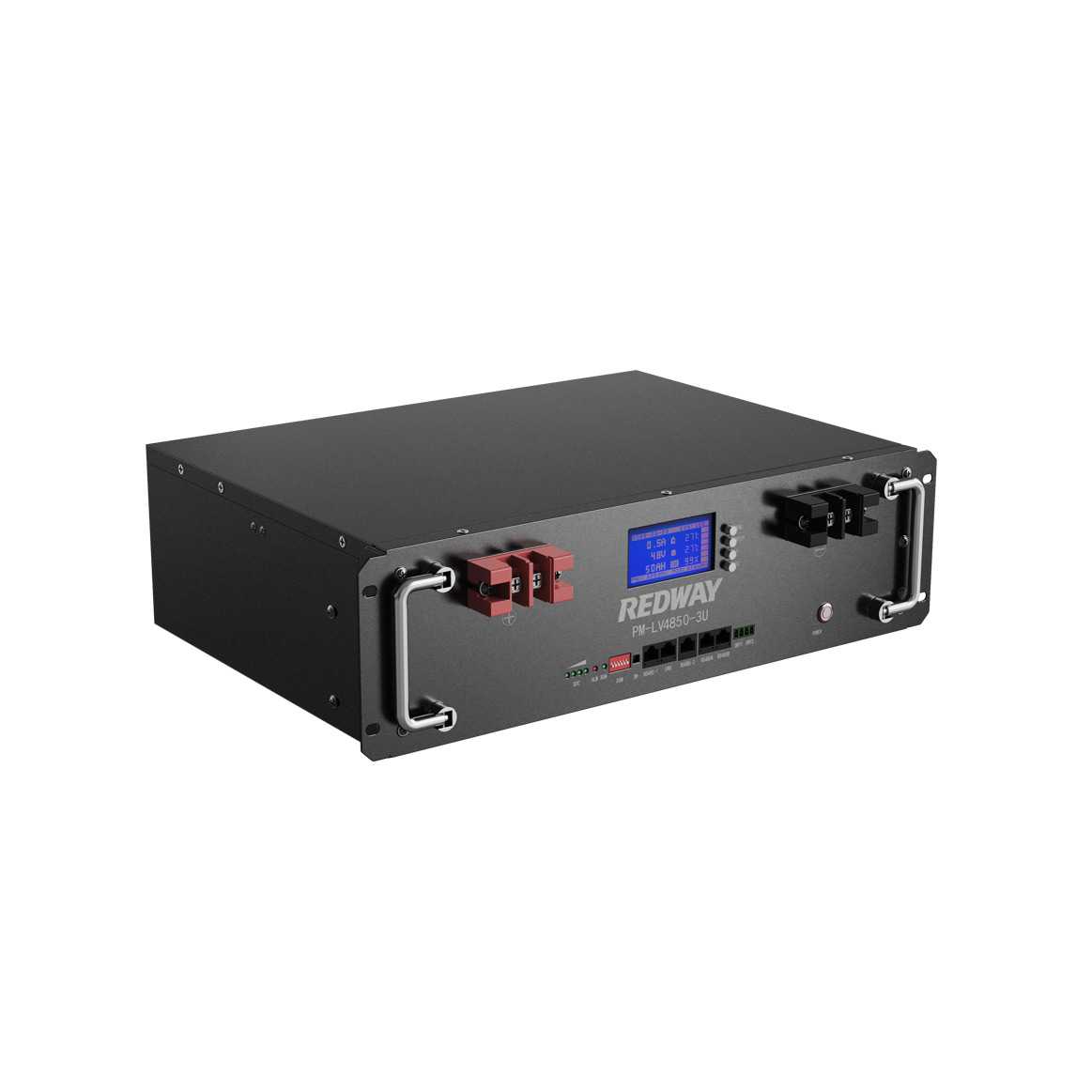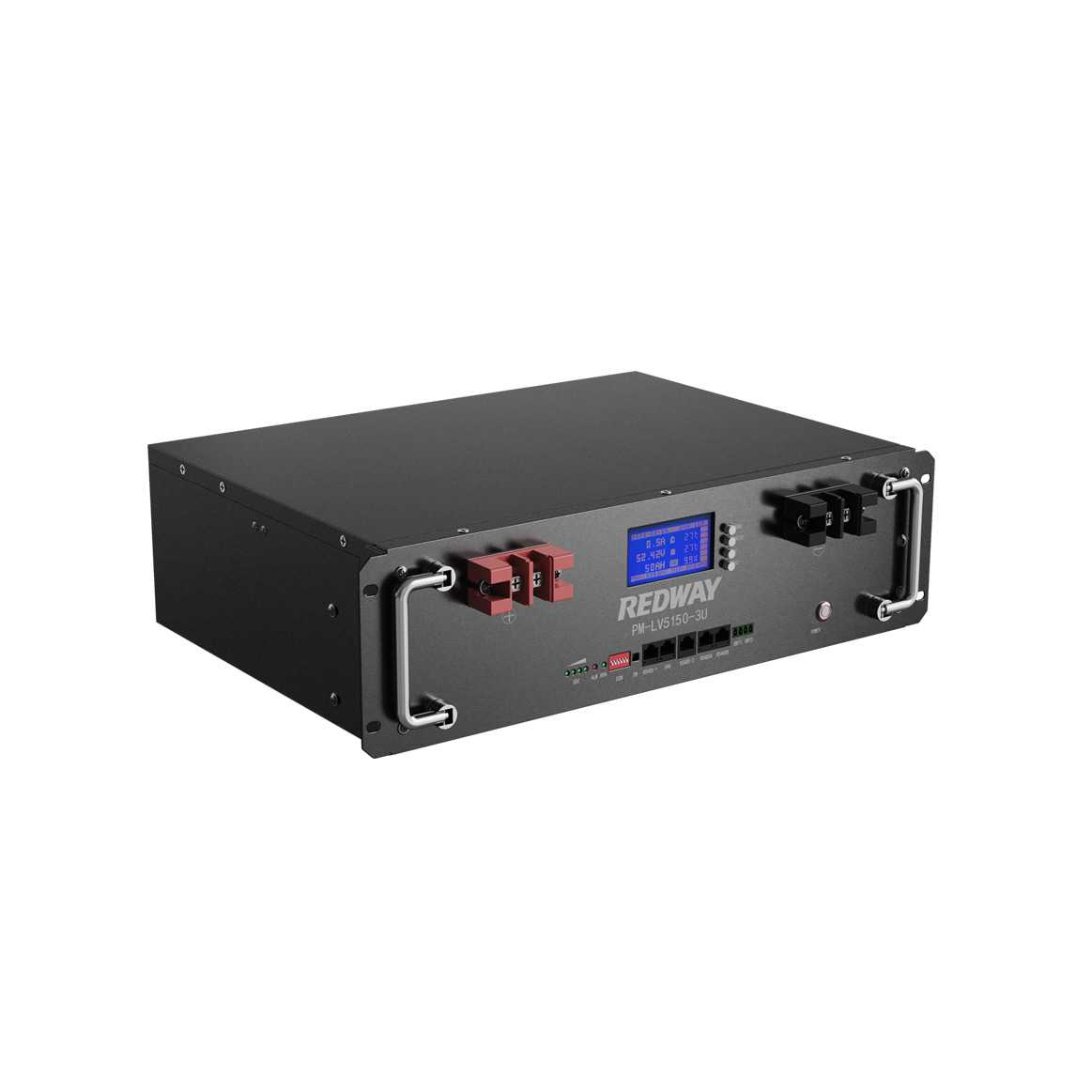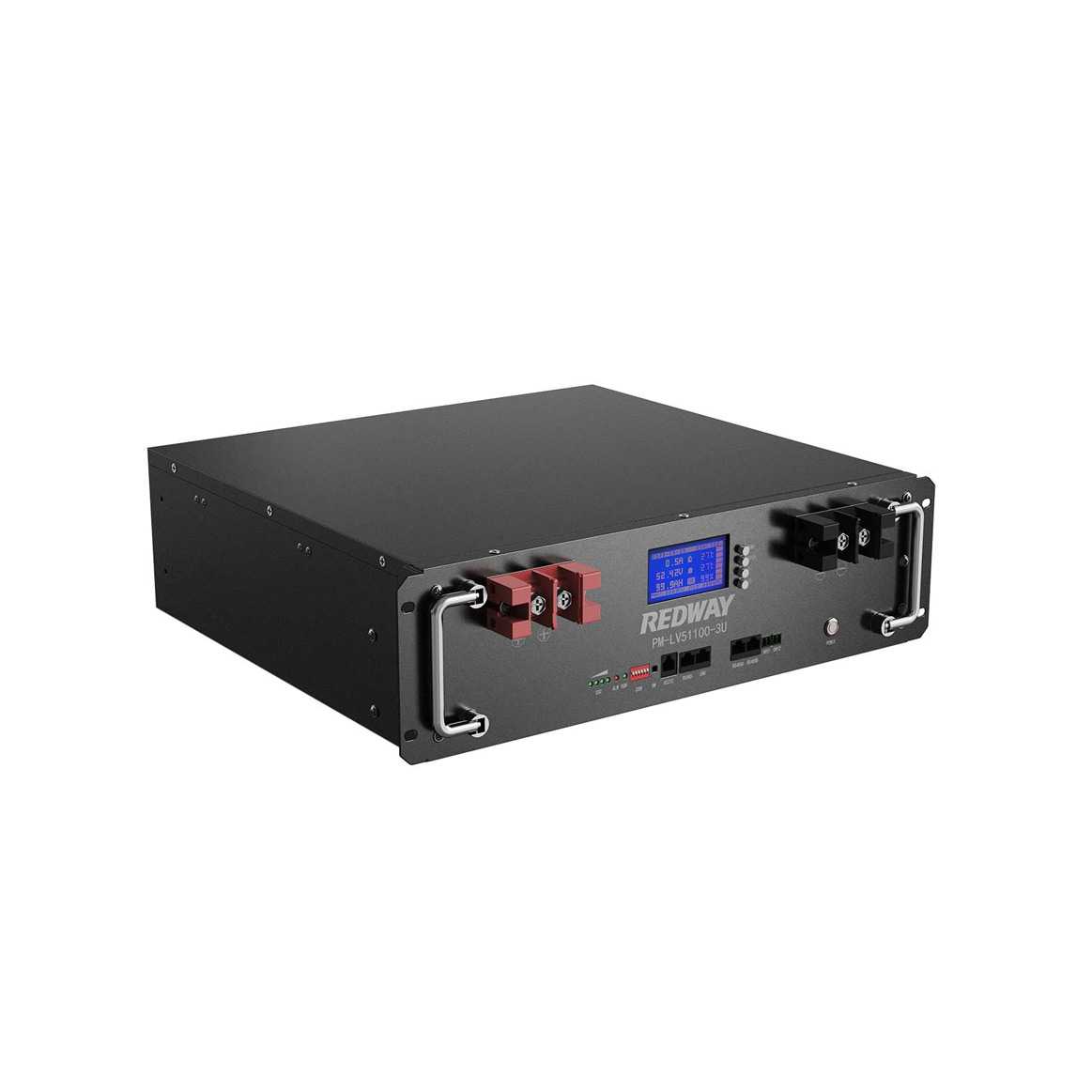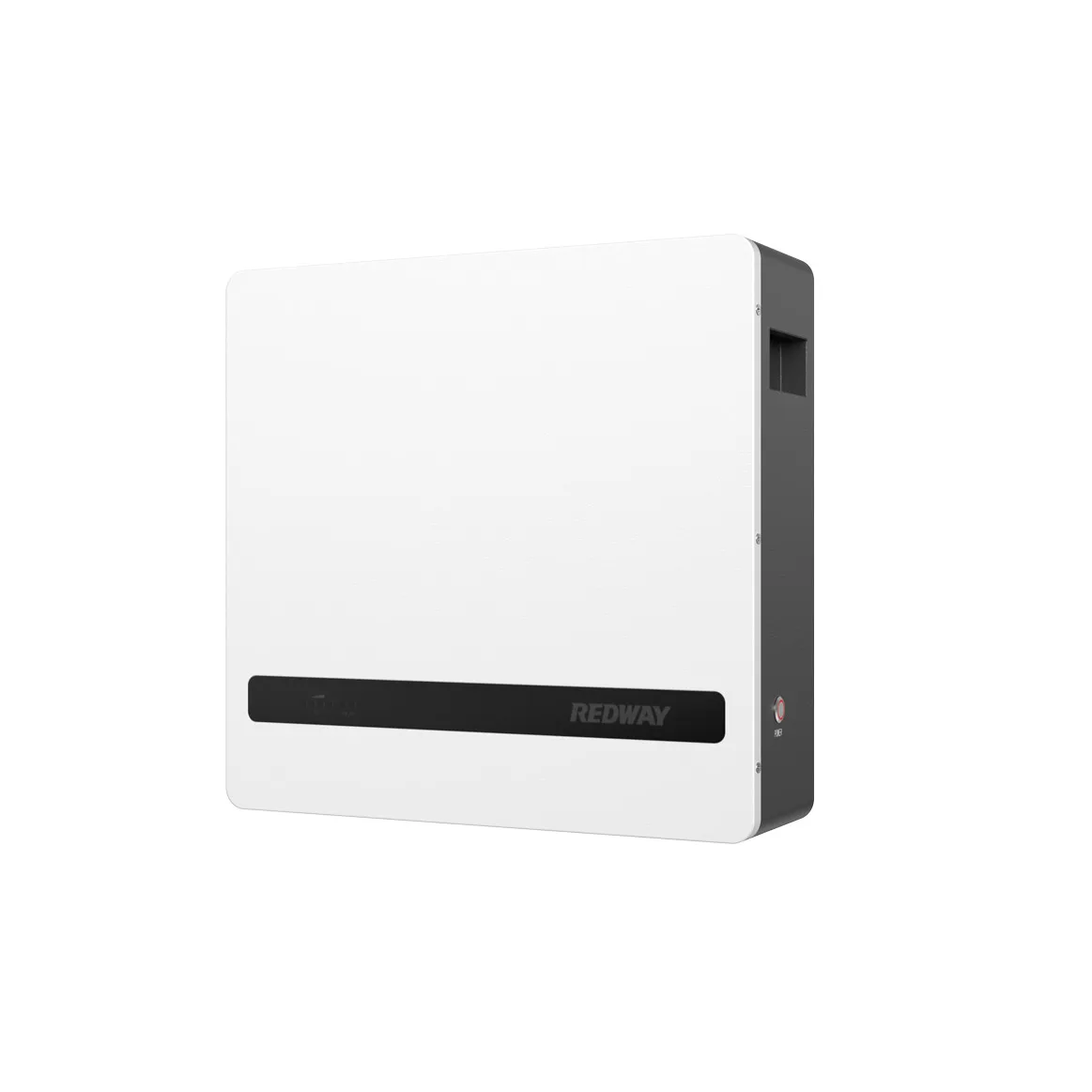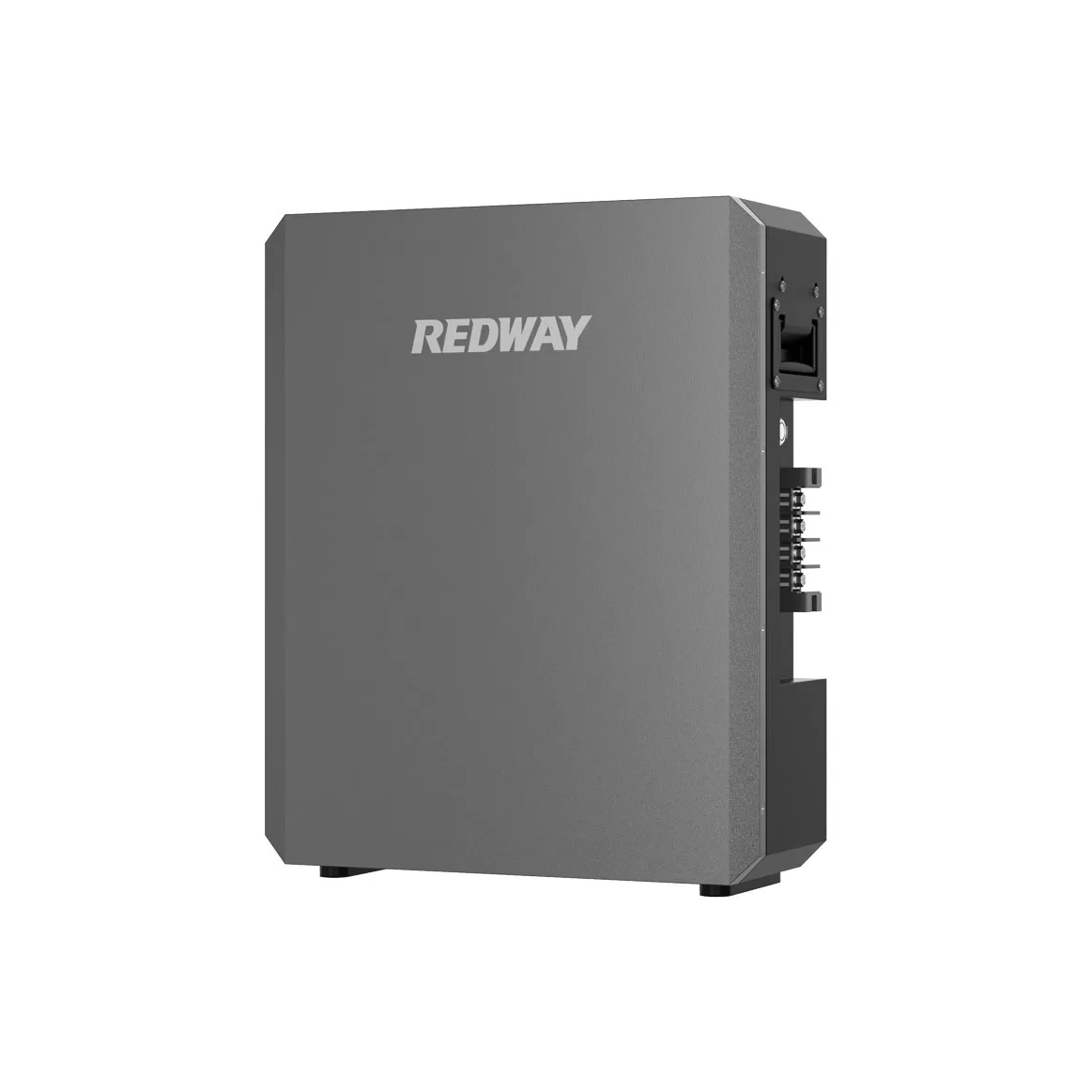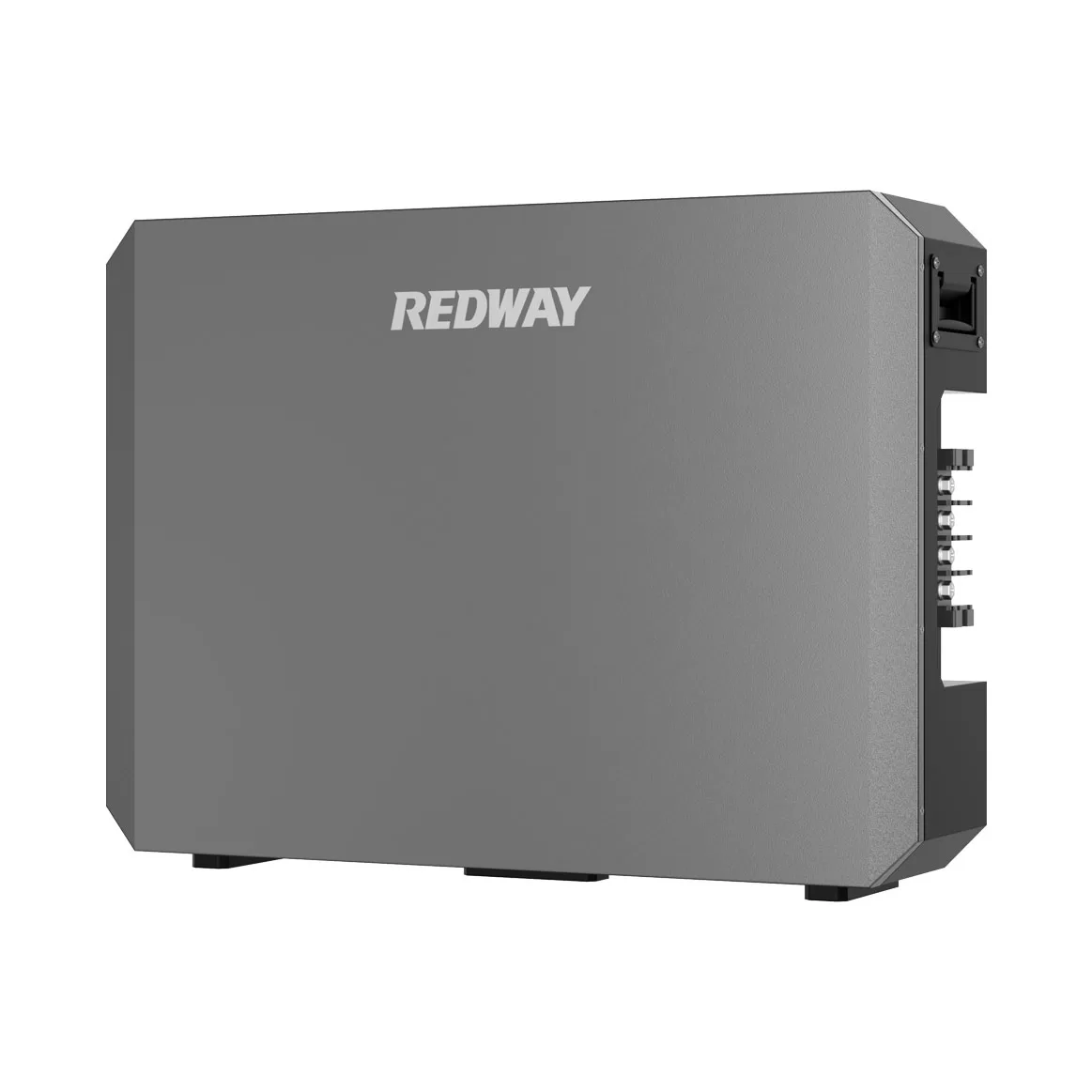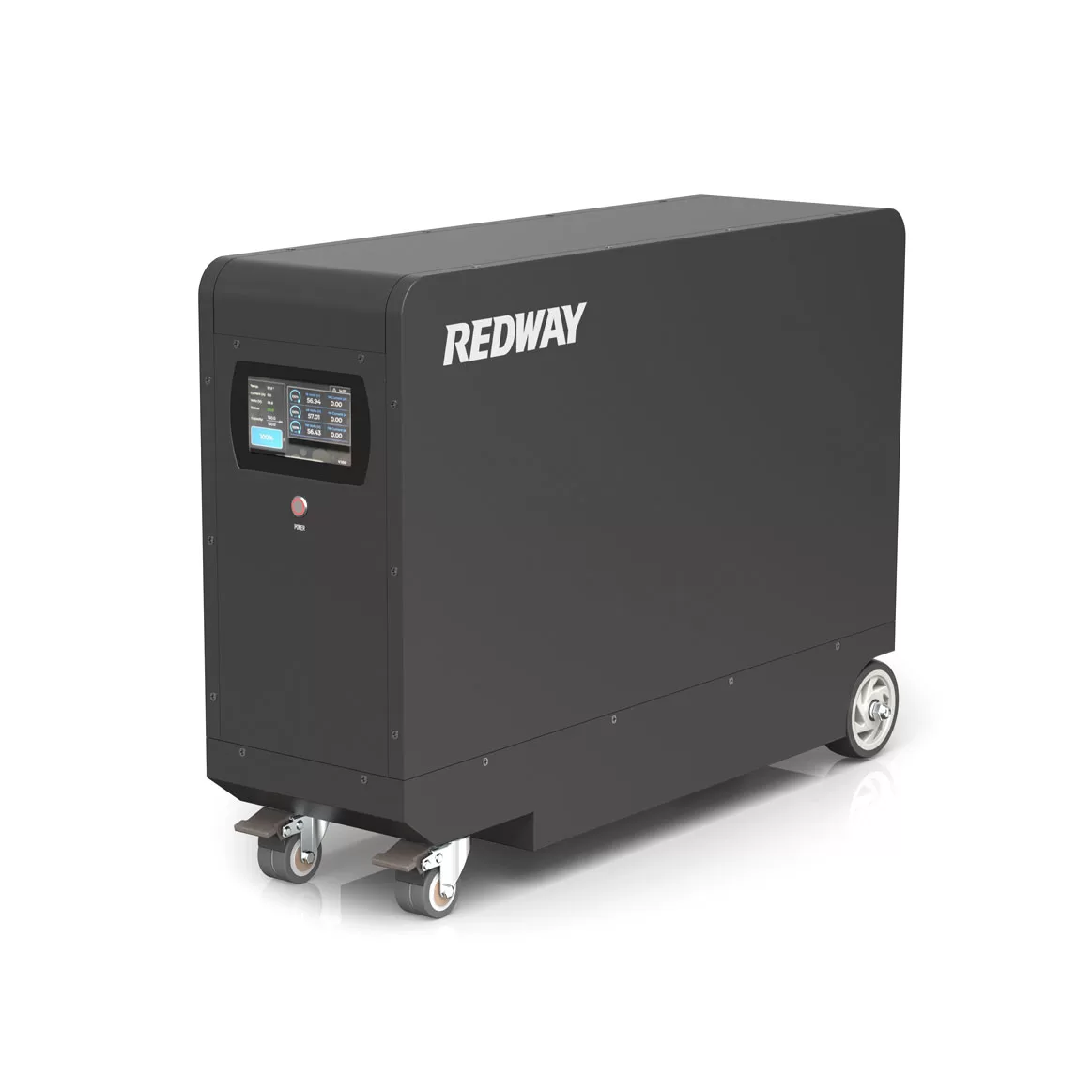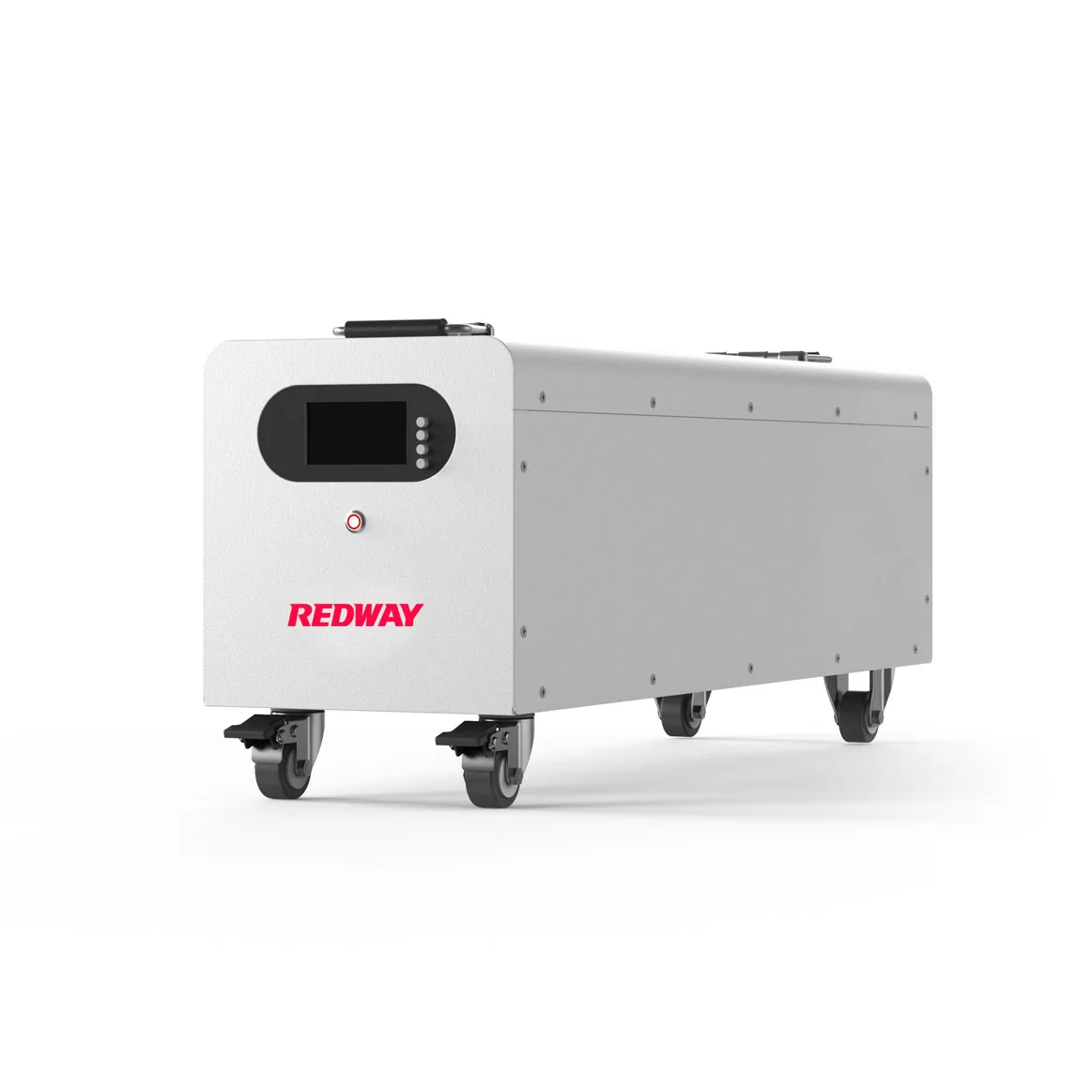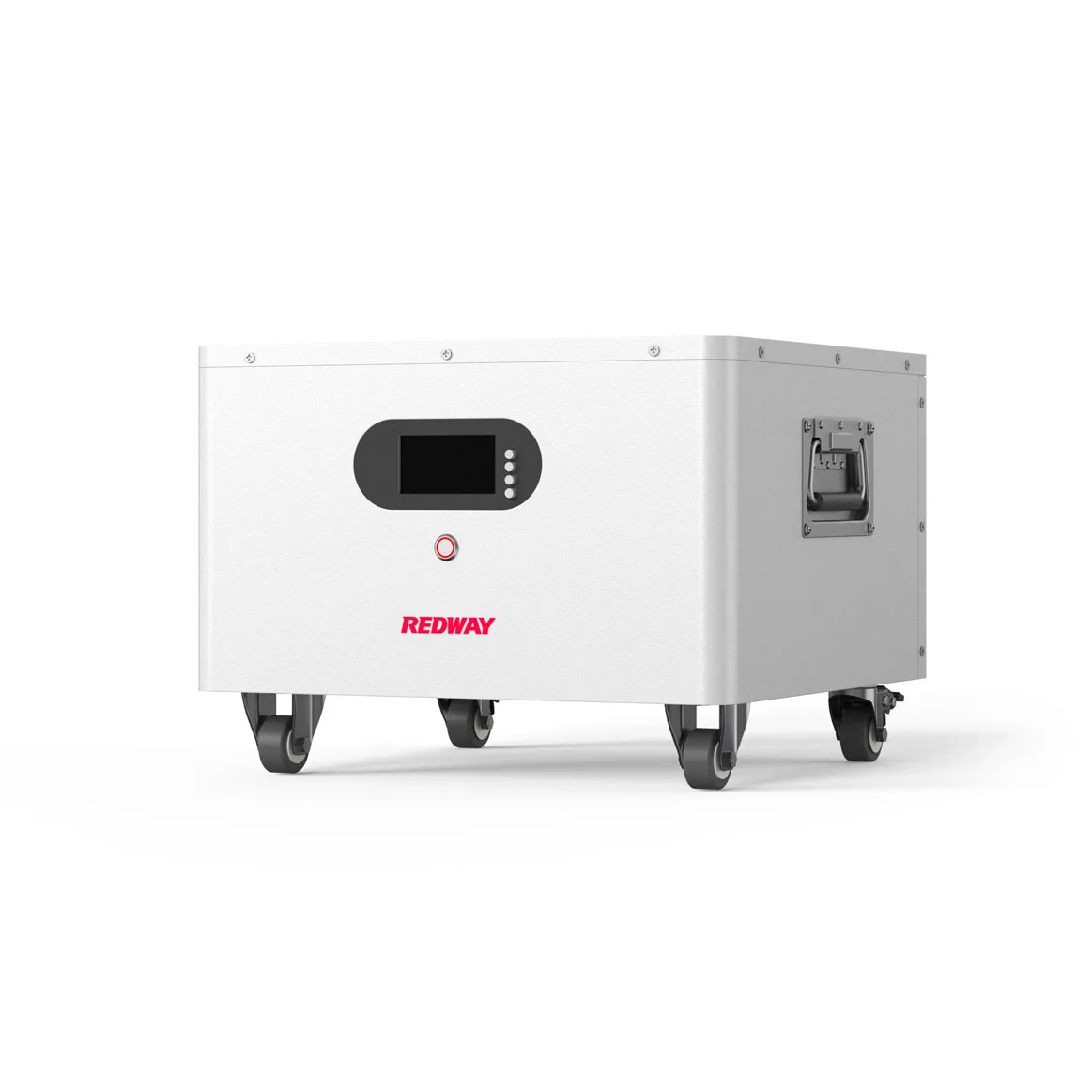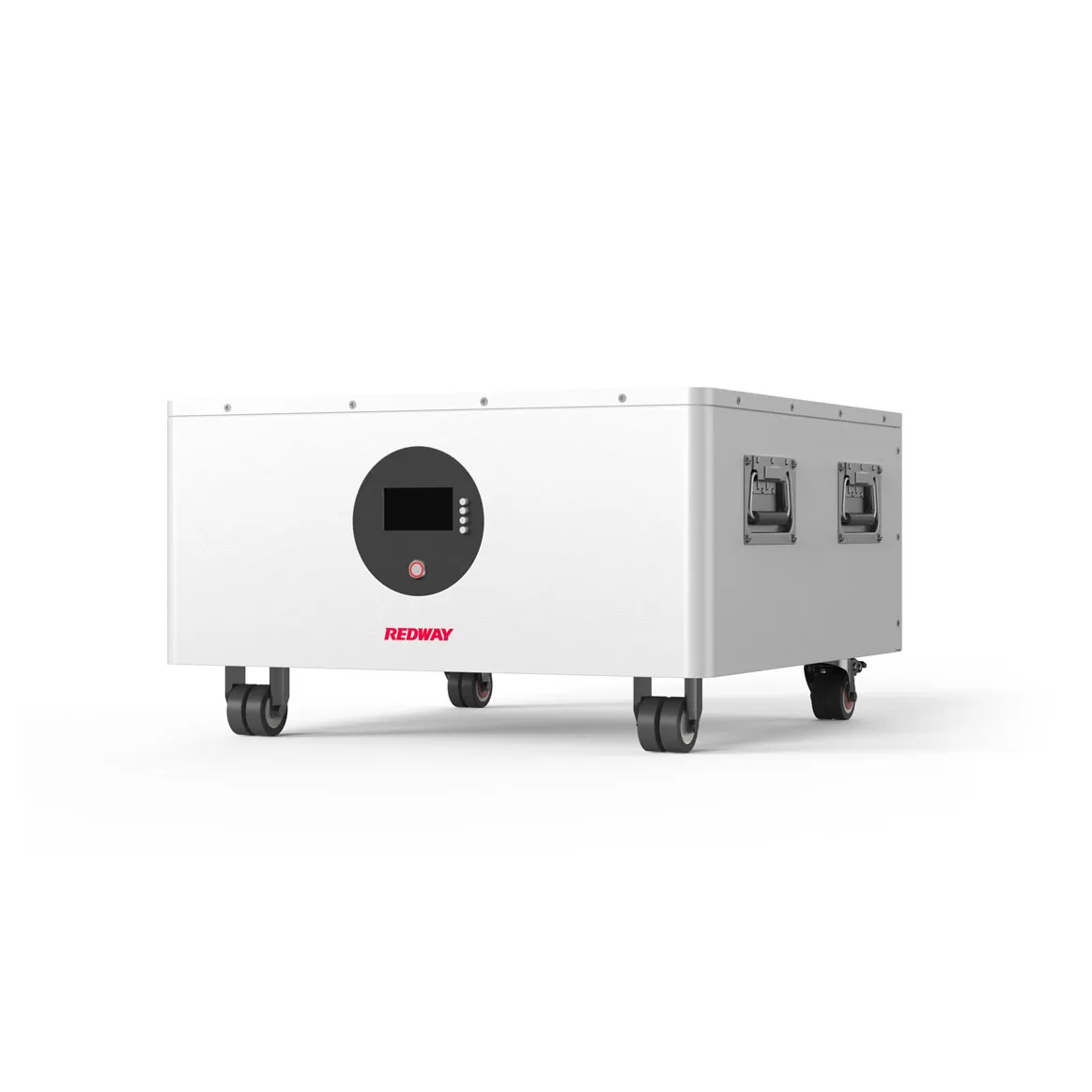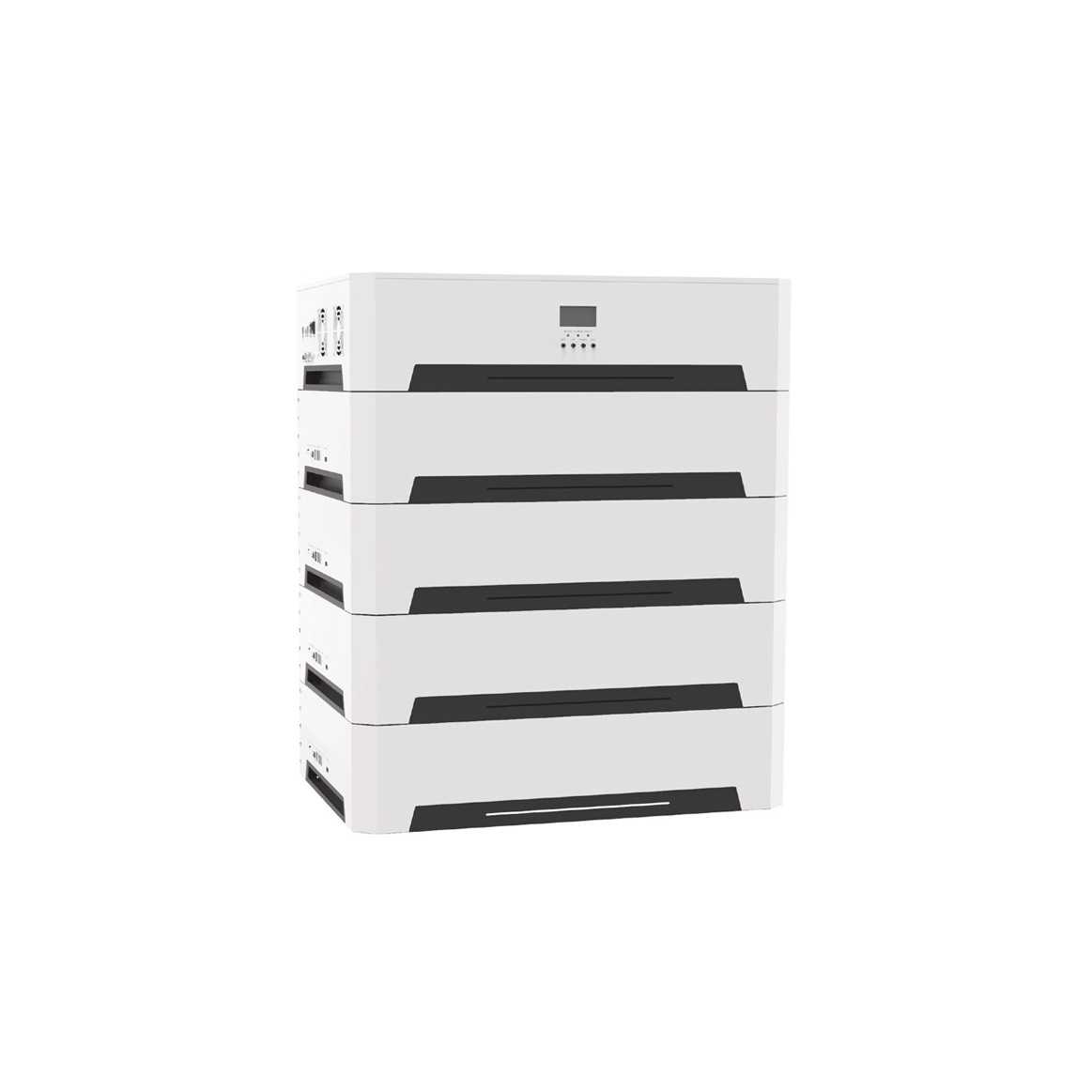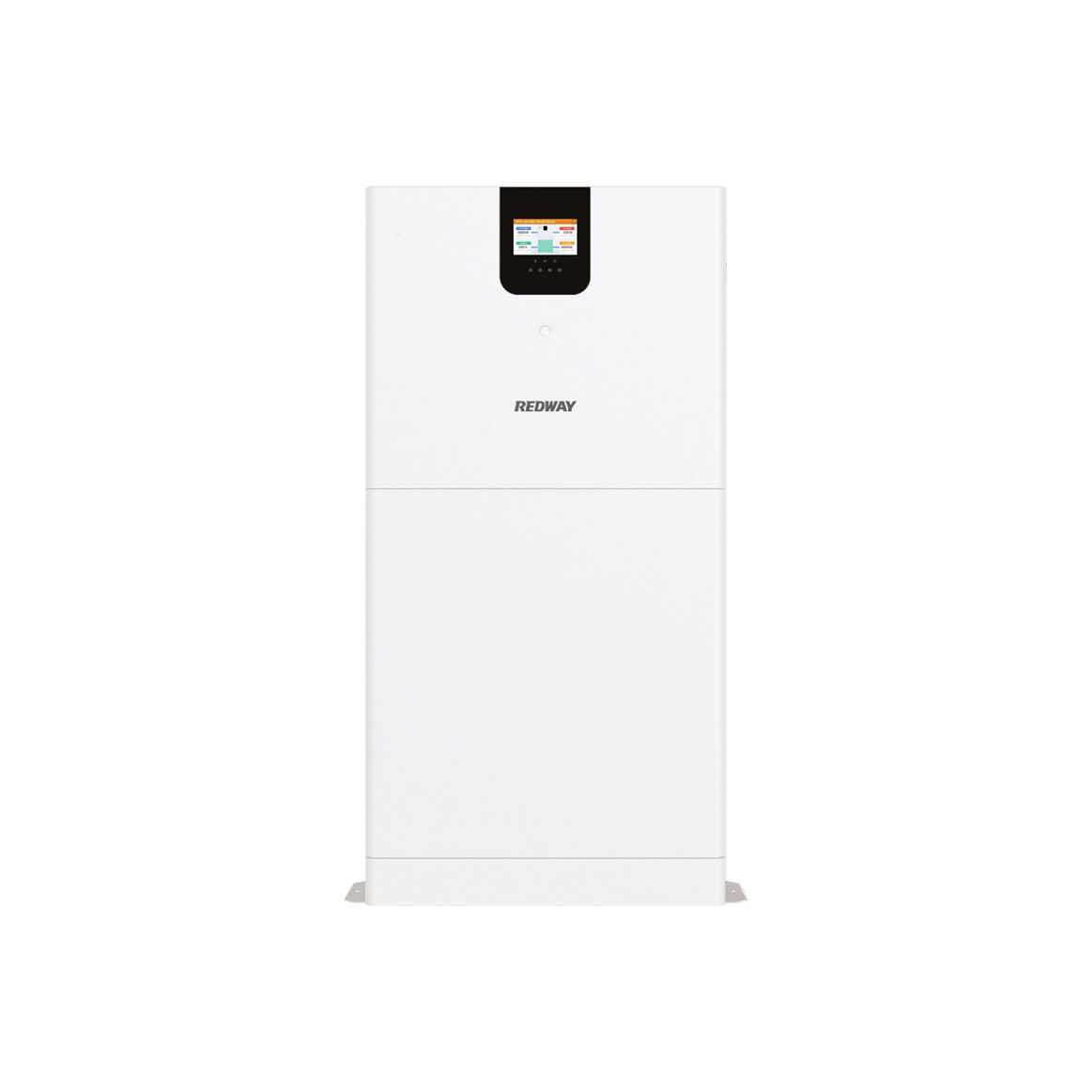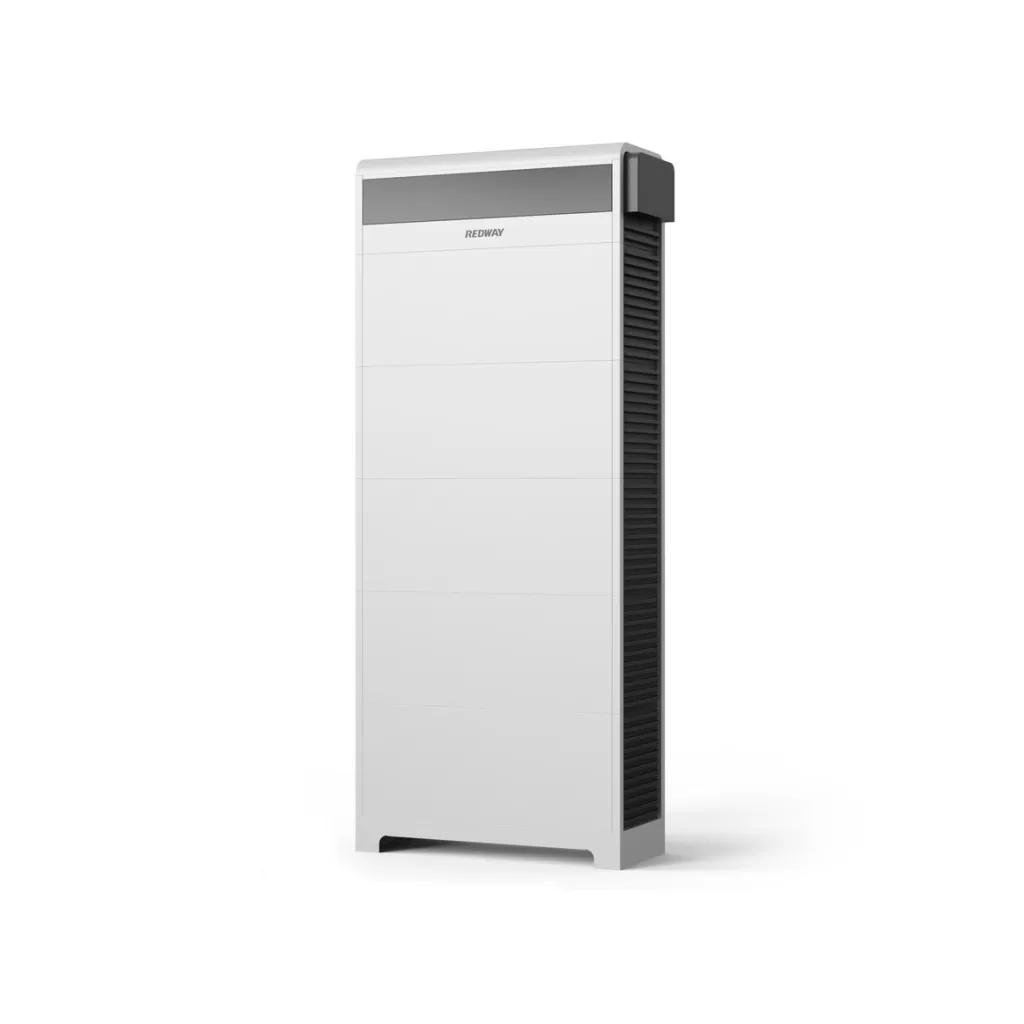استكشف الميزات الثورية ل Powerwall 3 ، بما في ذلك المحولات الكهروضوئية المدمجة ، والكفاءة المحسنة ، والانتقال إلى بطاريات LFP ، والتصميم المدمج ، وخرج طاقة أعلى ، ولمحة عن المستقبل باستخدام تقنية Virtual Power Plant. اكتشف التطورات التي تعيد تشكيل مشهد تخزين الطاقة وآثارها على الصناعة.


#post_seo_title
Powerwall 3 كوحدة “الكل في واحد”
Table of Contents
Toggleأولا ، يأتي Powerwall 3 مزودا بعاكس كهروضوئي مدمج ، مما يجعله وحدة “الكل في واحد”.
يحتوي Powerwall 3 على عاكس كهروضوئي متكامل ، وهو تصميم متكامل تماما يمثل ترقية متقدمة للغاية ، مما يضع ضغطا أكبر على الصناعة بأكملها.
أتذكر في المعرض التجاري ، كان لدى مصنع معين شعار إعلاني للعاكس الخاص به ، مدعيا أنه “قوة حقيقية”. لذلك ، يمكن ل Tesla بالتأكيد الترويج ل Powerwall 3 كحل “الكل في واحد” أكثر صدقا من Powerwall Plus.
فيما يلي المخططات الطوبولوجية ل Powerwall 2 و Powerwall 3 ، التي أنشأها مساعدي حصريا.

Energy Flow
The following represents Energy Flow:
Solar Energy – Photovoltaic Panel – DC – Photovoltaic Inverter – AC – Battery Inverter – DC – Battery – DC – Battery Inverter – AC.
Noted, there are three AC-DC conversions in the process from solar energy to battery storage to household appliance use, which can result in losses.
Powerwall 3
This means that Powerwall 3 has transitioned from AC-coupled to DC-coupled, resulting in a significant improvement in system efficiency and reduced losses.
Additionally, Powerwall 3 offers three advantages compared to Powerwall 2:
No need for a separate inverter, which significantly reduces costs and the selling price.
Simplified and faster system installation.
Chinese Industrial Market’s domination over Japanese Market
Secondly, the transition from NMC batteries to LFP batteries has led to a brutal crushing of the Chinese industrial chain over the Japanese industrial chain.
Powerwall 3 incorporates advanced prismatic lithium iron phosphate (LFP) battery technology, which is more cost-effective, durable, and safe compared to the cylindrical nickel-manganese-cobalt (NMC) batteries used in Powerwall 2.
Thickness
Regarding the thickness:

Powerwall2:1150mm x 755mm x 147mm(45.3 in x 29.6 in x 5.75 in)
Powerwall 3:1100mmx610mmx180mm(43inx24inx7inin)

Powerwall 3 integrates the photovoltaic inverter, and considering the arrangement of components, cell specifications, and heat dissipation design, a certain thickness is necessary for this integration. Unless there’s a significant revolution in component and cell dimensions, it’s not possible to achieve integration without a certain thickness.
Higher Power Output and a Simpler Product Design
Thirdly, higher power output and a product design that takes another step towards simplification.
Powerwall 3 has a higher power output, with a maximum power of up to 11.5kW, whereas Powerwall 2 had a maximum power of only 5.8kW.
Powerwall 3 has a peak power of 15.4kW, which is also 50% higher than Powerwall 2.
Powerwall 2 offers two modes: Partial Backup and Whole Home Backup. In practice, these modes are limited by the output power, especially in the case of Partial backup, where you need to determine which loads are essential. This complexity can complicate installation decisions, system design, and the installation process.
Virtual Power Plant
Fourth, a more forward-looking layout: VPP (Virtual Power Plant).

VPP (Virtual Power Plant) is the crown jewel of the household energy storage industry. Unfortunately, most manufacturers are still at the stage of developing household storage monitoring platforms.
Related Posts
- يشير الاستثمار المتزايد في تقنيات الطاقة النظيفة إلى تحول عالمي نحو الاستدامة
- يستعد الحقل لبدء أعمال البناء في موقع تخزين البطاريات في نيوبورت بقدرة 40 ميجاوات في الساعة
- يحذر مشغل الشبكة من أن تحول الطاقة في أستراليا يشكل مخاطر نقص الطاقة وسط تقاعد أسطول طاقة الفحم
- يتعين على الشركات التحقق من معرض RE+ Solar Expo 2023 المنعقد في الولايات المتحدة
- يبتكر فريق Better/e في TU/e بطاريات تدفق الأكسدة والاختزال الصديقة للبيئة والفعالة من حيث التكلفة لتزويد مدن بأكملها بالطاقة
- واط، فولت، أمبير، وأوم: ما هي الاختلافات
